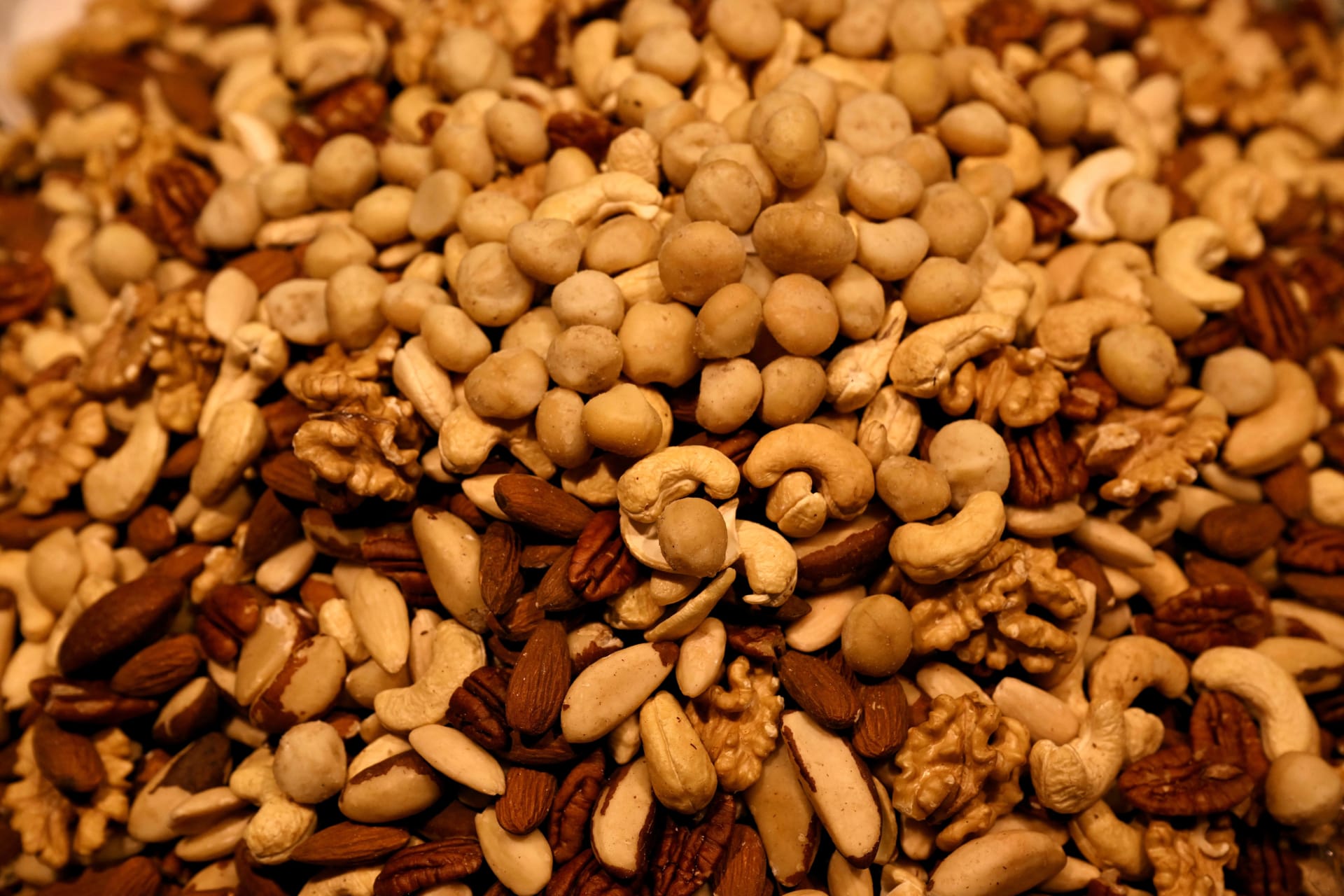دبي، الإمارات العربية المتحدة (CNN)-- توصّلت دراسة جديدة إلى أنّ الأشخاص من ذوي البشرة الملونة والدخل المنخفض يتأثرون بشكل أكبر بالحساسية الغذائية، مقارنة مع الأشخاص البيض وذوي الدخل المرتفع.
وغالبًا ما تبقى هذه المشكلة بعيدة عن الأنظار، وفقًا لمؤلفي الدراسة، التي نُشرت في مجلة JAMA Network Open الأربعاء.
ولم يكن هناك سوى عدد قليل من الدراسات السكانية السابقة حول الحساسية الغذائية بين الأشخاص الملونين، ومعظمها يركز على الأطفال.
وينظر البحث الجديد في موضوع الحساسية الغذائية بين الناس من جميع الأعمار.
وتم الإبلاغ عن أكثر من 170 نوعًا من الأطعمة التي تسبب الحساسية، وفقًا لمنظمة FARE، وهي منظمة مناصرة للأشخاص الذين يعانون من الحساسية الغذائية.
ويمكن أن يكون رد الفعل التحسسي تجاه الطعام خفيفًا، مثل حكة الفم، أو شديدًا لدرجة أنه يمكن أن يسبب صعوبة في التنفس أو حتى الموت.
ففي الولايات المتحدة، تتسبّب الحساسية الغذائية بدخول حوالي 200 ألف شخص إلى الرعاية الطبية الطارئة سنويًا، وفقًا لـFARE.
ووجدت الدراسة الجديدة أنّ الآسيويين والأسبان وذوي البشرة الداكنة هم أكثر عرضة للإبلاغ عن الحساسية الغذائية من ذوي البشرة البيضاء.
وهناك بعض الاختلافات الملحوظة في نوع الأطعمة التي يعاني الأشخاص من حساسية تجاهها.
ويبدو أن الأطفال الآسيويين لديهم معدلات حساسية أعلى على الجوز. وكانت معدلات الحساسية من المحّار والفول السوداني أعلى لدى البالغين الآسيويين.
وكان البيض والأسماك، مثل التونة والهلبوت والسلمون، من أكبر العوامل المحفزة لحساسية الأطفال ذي البشرة الداكنة. كما سجلت معدلات حساسية أعلى من المكسرات لدى البالغين ذي البشرة الداكنة.
وبالنسبة للبالغين من أصل إسباني، فهم يعانون من الحساسية تجاه بيض الدجاج والأسماك.
وشمل هذا المسح التمثيلي على المستوى الوطني 51,819 أسرة، أي 78,851 شخصًا بالمجمل، بين شهري أكتوبر/ تشرين الأول 2015 وسبتمبر/ أيلول 2016.
ونظرت الدراسة أيضًا في عدد زيارات الأشخاص إلى غرفة الطوارئ بسبب حساسيتهم من الطعام.
وتساعد حقنة الإبينفرين على علاج مشاكل التنفس الناتجة عن الحساسية.
وتساهم أيضًا بزيادة تدفق الدم عبر الأوردة، وإرخاء العضلات التي تسدّ الشعب الهوائية، ما يسمح بالتنفس بشكل طبيعي.
وبشكل عام، تؤثر الحساسية الغذائية على 11٪ من البالغين، و8٪ من الأطفال في الولايات المتحدة، كما كشفت الأبحاث السابقة، أي حوالي 32 مليون أمريكي.
ويبدو أنّ الرقم آخذ في الارتفاع، وفقًا للمراكز الأمريكية لمكافحة الأمراض والسيطرة عليها (CDC).
وأوضحت أن الحساسية الغذائية قد زادت بين الأطفال بنسبة 50٪ بين عامي 1997 و2011.
وقالت الدكتورة محبوبة ماهدافينيا، أستاذة الطب المساعدة في قسم الطب الباطني، في دائرة الحساسية والمناعة، بكلية الطب RUSH في شيكاغو، إن هذه الدراسة لا تستطيع تحديد سبب إصابة المزيد من الأشخاص، ذوي البشرة الملونة، بالحساسية تجاه الطعام، لكنها على الأرجح ليست مشكلة وراثية.
وتابعت ماهدافينيا، غير المشاركة بالدراسة: "يحتمل أن يكون الدافع وراء ذلك البيئة وعوامل الاقتصاد الاجتماعي، التي تؤثر على البيئات التي يولد فيها الناس، ويعيشون فيها كبالغين".
وقد تكون الحساسية مرتبطة بالإكزيما.
ولفتت ماهدافينيا إلى أنّ الأطفال الذين يعانون من الإكزيما، وهي حالة جلدية التهابية، على سبيل المثال، قد لا تحمي الجسم بشكل صحيح من امتصاص المواد المسببة للحساسية من البيئة، ما يزيد من خطر الإصابة بحساسية الطعام.
وتؤثر الإكزيما على الأطفال ذي البشرة الداكنة (حوالي 20٪) أكثر من ذوي البشرة البيضاء (حوالي 16٪)، أو الأطفال من أصل إسباني (حوالي 8٪) في الولايات المتحدة، وفقًا لجمعية الإكزيما الوطنية.
ويذكر أن جزءًا كبيرًا من علاج هذه الحساسية يشمل التثقيف والتوعية، بحسب ما أوضحته ماهدافينيا.
وأضافت أنه لا يوجد علاج محدد للحساسية الغذائية، سوى حقنة الإبينفرين لردة فعل قوية، لكن بعض الخيارات الممكنة ما زالت في مراحل التجارب السريرية.




